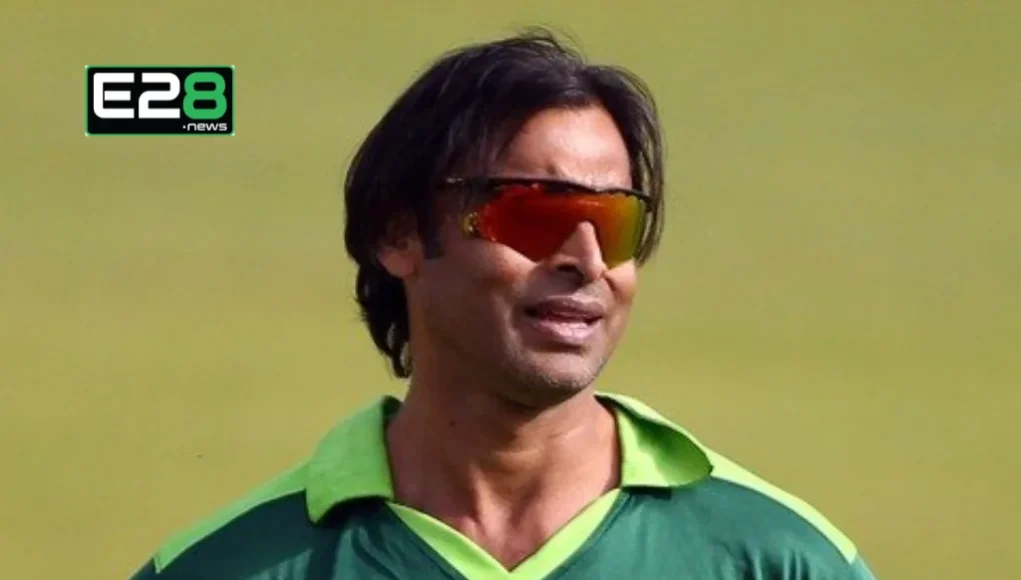In the fast-paced world of modern cricket, the debate over spin vs pace bowling has been ongoing for decades. While pace bowlers bring speed and aggression to the game, spinners use subtle variations to outwit the batters. With the changing dynamics of cricket, influenced by technology, pitch conditions, and evolving strategies, both bowling styles have found their place in different formats. But which style truly dominates modern-day cricket? In this article, we’ll explore the role of spin bowlers, the impact of pace bowlers, and the conditions under which each style thrives.
The Evolution of Spin and Pace Bowling
Historical Development of Pace and Spin
Historically, fast bowlers like Dennis Lillee and Richard Hadlee have ruled cricket with sheer speed and accuracy. In contrast, spin bowlers like Shane Warne and Muttiah Muralitharan brought innovation and artistry to the game. As cricket evolved, the strategies and styles of both pace and spin bowling also changed, with new techniques being developed to counter modern batting methods.
Modern-Day Developments in Bowling Styles
The influence of technology has been significant for both types of bowling. Pace bowlers now use high-tech tools and data analytics to improve their speed and accuracy, while spinners have adopted new variations such as the doosra and carrom ball to keep batters guessing. The rise of T20 cricket has also altered how both styles are used, with spinners in limited-overs cricket focusing on tight lines and variations, while pace bowlers use yorkers and bouncers to strike at key moments.
The Role of Pace Bowlers in Modern Cricket
Pace Bowlers in Limited-Overs Cricket
In limited-overs formats, pace bowlers often dominate, especially in T20 cricket, where quick wickets can change the course of the game. Fast bowlers use their ability to bowl at high speeds to challenge the batters’s reflexes and create scoring opportunities. With the help of technology, bowlers like Jasprit Bumrah and Mitchell Starc have mastered variations that make them deadly in the shortest format of the game.
Pace in Test Cricket: Speed, Swing, and Bounce
In Test cricket, pacers are crucial in exploiting early conditions and testing batters with swing and seam movement. Fast bowlers like Pat Cummins and Kagiso Rabada have become essential to their teams’ success, using pitch conditions favouring bounce and seam movement. Their ability to bowl with aggression and control makes them central figures in any Test lineup.
Famous Modern-Day Pacers
Some of the best modern-day fast bowlers include Jasprit Bumrah, Shaheen Shah Afridi, and Mitchell Starc, who have all demonstrated exceptional speed and skill. Their performances in limited-overs and Test cricket highlight the importance of pace bowling in today’s cricket.

The Impact of Spin Bowlers in Modern Cricket
Spin in Limited-Overs vs Test Cricket
While pace bowlers dominate the early overs in limited-overs cricket, spinners come into their own in the middle overs. Spinners like Rashid Khan and Sunil Narine have perfected the art of controlling the game and breaking partnerships with their variations. In Test cricket, spin bowlers shine in the later stages of the match, especially on dry and worn-out pitches that offer more turn.
Notable Spinners in Modern-Day Cricket
Ravichandran Ashwin, Nathan Lyon, and Yuzvendra Chahal are prime spinners who have excelled in modern cricket. Their ability to adapt to different formats—especially in the IPL and ODI cricket—has shown that spin bowling is still a force to be reckoned with. Whether it’s the ability to outsmart a batter with flight or generate sharp turns, spinners have proven their importance in today’s game.
The Psychology of Facing Spin
Facing a spinner is a different challenge compared to pace bowlers. Spinners require batters to be patient to outfox the batsman with variations. Unlike the sheer pace of fast bowlers, spinners focus on flight, spin, and accuracy to deceive the batsman and create pressure. This mental battle between the batter and the spinner can lead to dramatic match breakthroughs.
Conditions and Pitch Factors: Pace vs Spin
Pitch Conditions Favoring Spin or Pace
The pitch conditions often determine which type of bowler has the advantage. In dry conditions like those in India or Sri Lanka, spinners can generate significant turns, making them effective in both Test cricket and limited-overs formats. Conversely, in seam-friendly conditions like those in Australia or South Africa, pace bowlers can exploit the bounce and seam movement to take wickets early in the innings.
Weather and Conditions: How They Affect Bowling Styles
Weather conditions play a huge role in determining which type of bowler will be more successful. Humidity can help pacers generate swing, while dry conditions favour spinners. Understanding the weather and pitch conditions allows teams to strategize and choose bowlers who will thrive.
The Battle of Techniques: Pace vs Spin in the IPL
The IP L’s Pace vs Spin Dynamic
In the IPL, where the game is fast and the pressure is high, pace bowlers often dominate early in the innings. However, certain conditions and the pressure of defending a total allow spinners to come into their own. The rise of spinners in T20 cricket is evident, with bowlers like Rashid Khan taking key wickets and controlling the middle overs.
Spinners Thriving in Certain IPL Conditions
On slower pitches, spinners can have a significant impact, and this has been evident in various IPL seasons. Sunil Narine and Imran Tahir are prime examples of spinners who have succeeded in the IPL, often providing breakthroughs in the middle overs.
Challenges Faced by Both Pace and Spin Bowlers
Fatigue and Injuries in Pace Bowlers
Pace bowlers face a physically demanding game. The intense nature of fast bowling strains their bodies, and maintaining high speed over extended periods can lead to fatigue and injuries. Pacers often need special fitness regimes to stay in top shape and recover from the toll fast bowling takes on their bodies.
The Variation Challenges for Spinners
For spinners, maintaining consistent turns and accuracy is essential, but it can also be a challenge. The variations used by spinners, such as the googly and carrom ball, require precision, and a lack of rhythm can lead to costly mistakes. Adapting to different pitches and conditions also poses challenges for spinners.
Conclusion
While the pace vs spin debate continues, it’s clear that both styles have their place in modern cricket. Pace bowlers dominate the early overs, and in limited-overs formats, they often provide the breakthroughs that change the game. However, spinners remain essential in the longer formats, where patience and skill are paramount. The future of cricket will undoubtedly see spinners and fast bowlers working together to create the perfect balance, adapting to ever-changing pitch conditions and cricket strategies.
FAQs
Q1. How do pacers maintain their speed?
Pace bowlers maintain speed through rigorous training and fitness regimens that enhance strength, endurance, and agility.
Q2. Why do spinners seem to thrive in certain conditions?
Spinners perform better in dry conditions or worn-out pitches where they can generate more turn and bounce.
Q3. Can both spin and pace bowlers co-exist on the same team?
Yes, a balanced team with both types of bowlers—pace and spin—provides strategic advantages in different match situations.
Q4. How has technology improved the performance of fast bowlers?
Technology like Hawk-Eye and player performance analytics helps fast bowlers track their speed, accuracy, and delivery patterns to improve their effectiveness.
Q5. What type of bowler is more important in Test cricket?
Both spinners and fast bowlers are critical in Test cricket, with pace dominating early on and spin taking over in the latter stages of the match.
















